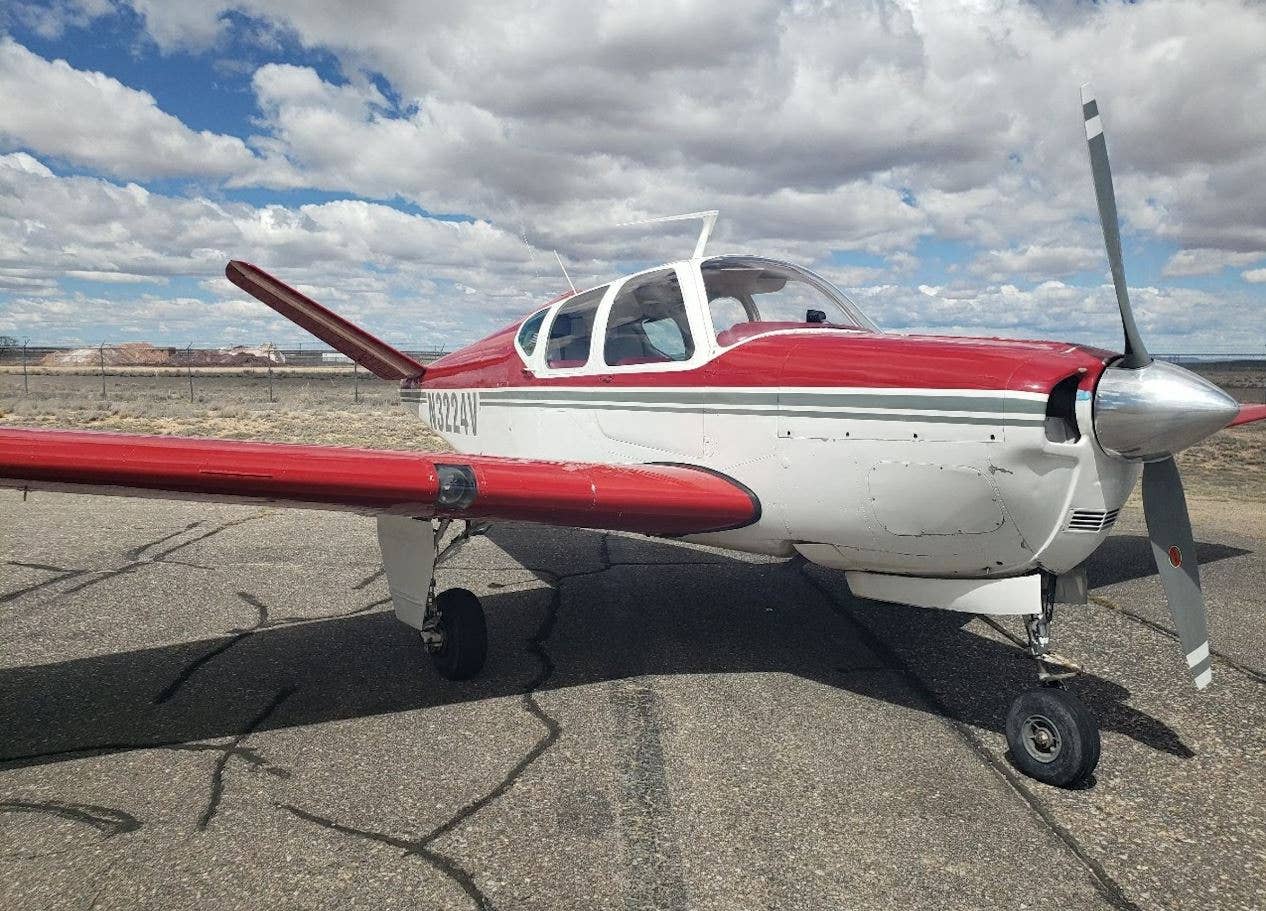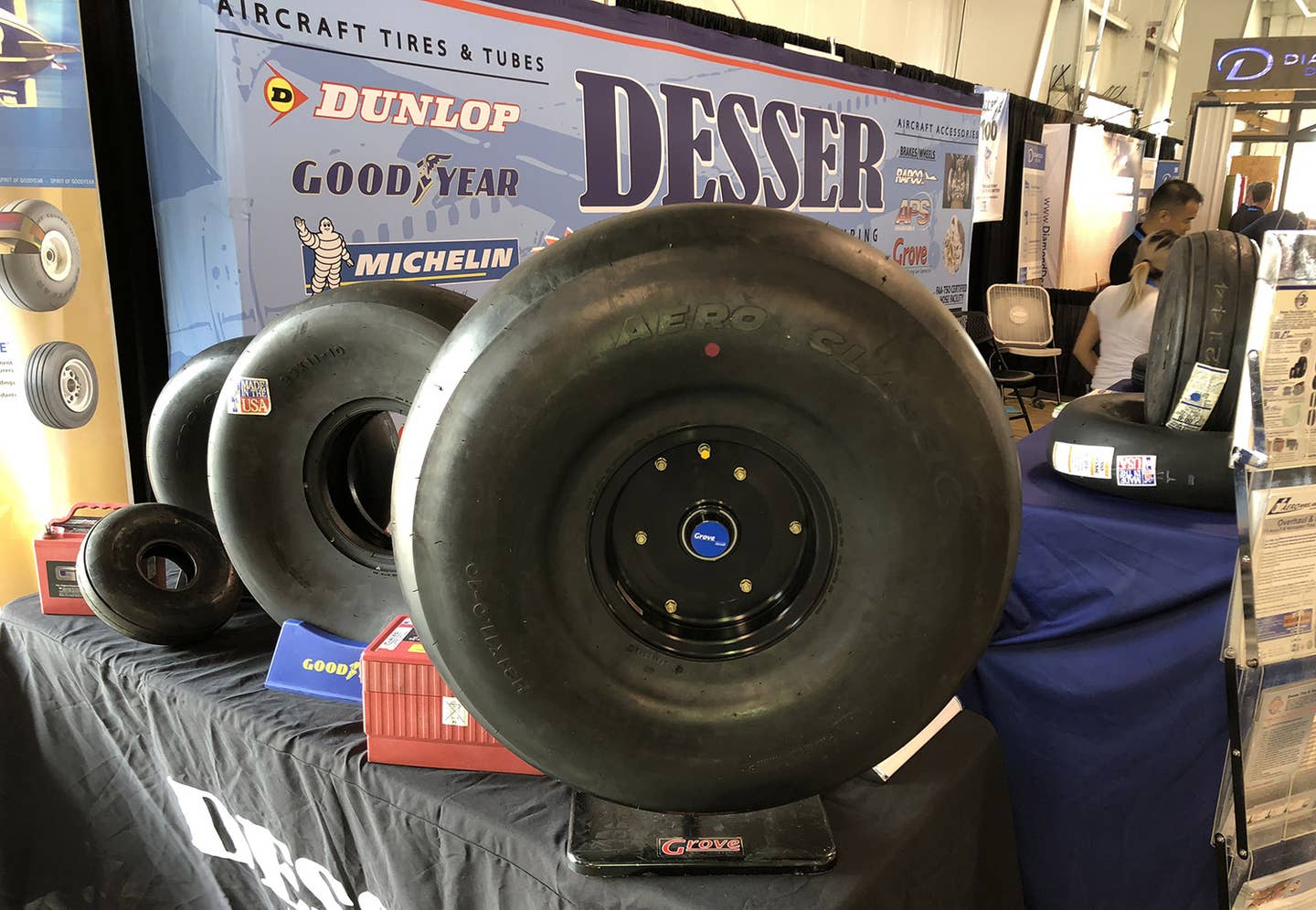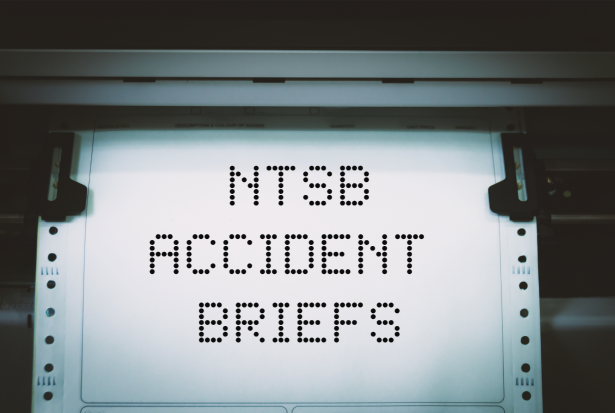Plane Facts: Airplane Tires
Who could have guessed: airplane tires are fascinating!
We tend to take our plane's tires for granted. Before a flight, we check the tires (or at least we should!) for proper inflation and general condition--bald spots are bad. But the history of aircraft tires is fascinating, as is the technology behind them. What size they are, how they're stowed or streamlined and even how many we put on each landing gear leg, are all critical parts of the design process, and for good reason. Tires that are poorly designed or installed on hastily conceived wheels or gear legs can and have threatened the success of the entire model lineup. And the loss of tires on takeoff and the subsequent fire brought down one of the most famous planes in history. We underestimate the importance of an aircraft's tires at our peril.
First pneumatic airplane-specific tire: Goodyear 1909
Number of tires on the Antonov AN-225 freighter: 32
Typical cost of a tire for a light plane: $100-$250
Cost of the tires on the Airbus A380: About $5,500 apiece
Number of retreads a tire can take: Up to 10 before replacement
Composition of almost all aircraft tires: Rubber, steel and fabric
Length of time it takes NASCAR pit crews to change a tire: A few seconds
For ready-to-go crew to change a tire on an Airbus A320: 45 minutes
Inflation pressure in a typical car's tires: 35 psi
Inflation of the tires in a Lockheed Martin F-16: 320 psi
Inflation gas in a light plane: Air
In an airliner: Nitrogen
Reason: Nitrogen is inert, so it doesn't react with the rubber at high altitudes
Rated speed for a typical airliner tire: 200-250 mph
Reason for chines (perpendicular fins on the sidewalls): Keep rain water from getting into the engine inlets
Largest aircraft tire (that we've been able to find): 110 inches, B-36 Peacemaker bomber
Weight of the B-36 tire on the runway: 156 pounds per square inch
Number of runways worldwide in late '30s rated to handle that load: 3
Ultimate replacement: A four-wheel bogie (multi-wheel gear)
Failed alternative: Tank-style tracks
Problem with SR-71 Blackbird tires: High heat could ignite them
Solution: An aluminum--latex blend filled with nitrogen
Inflation pressure: 415 psi
Size of DC-3 tailwheel: 6 inches, larger than J-3 Cub main gear
Reason for FAA testing of large-tire airplanes, 1995: Frequent stall-spin crashes
FAA theory at the time: Large tires cause stall increase as bank increases
FAA finding: Inconclusive
Largest size tundra tire approved by FAA today: 35-inch tire diameter
X-15 nose tire problem: Prone to shredding on landing
Landing speed of X-15: 242 mph
Main gear on X-15: Metal skids
First radial tire approved by FAA: Goodyear, 1983
Reason that rubber builds up on runways: Spin-up friction
Amount deposited on a runway by landing jet liner: 1 pound
Pounds of rubber built up on a typical international airport runway every three months: 10,000 pounds
Reason it has to be regularly removed: Increases risk of hydroplaning
Most common removal method: Water pressure (up to 40,000 psi and 30 gallons per minute)
Other methods: Chemical removal and milling of the runway surface
Number of dimensions used to describe aircraft tires: At least 12
Number of tires on the space shuttle: 6 (two nose and four main gear tires)
Rated speed, respectively, for those tires: 250/263 mph
Want more crazy, fun, or frightening facts about all things aviation? Check out our Plane Facts Archive.

Subscribe to Our Newsletter
Get the latest Plane & Pilot Magazine stories delivered directly to your inbox





